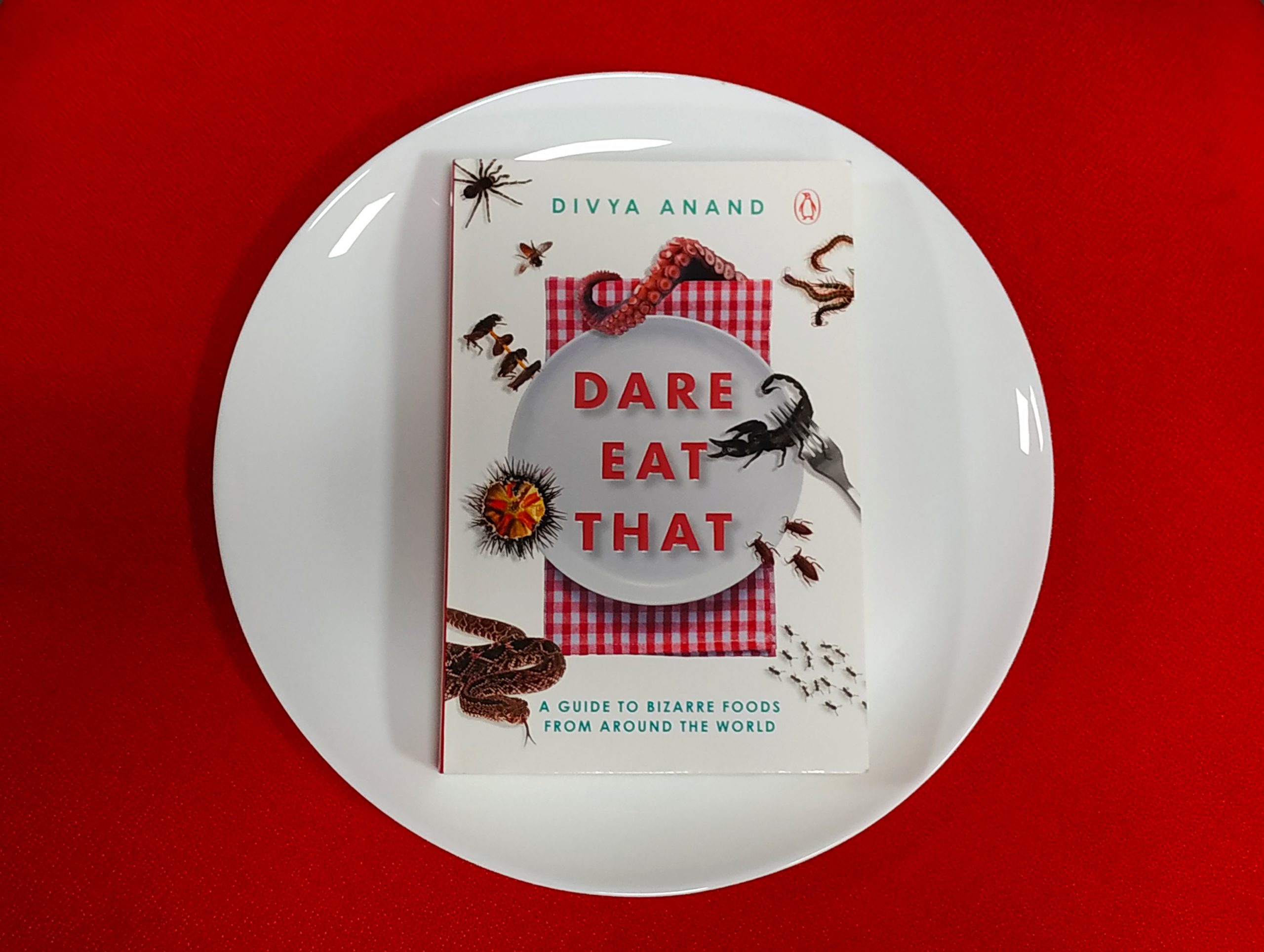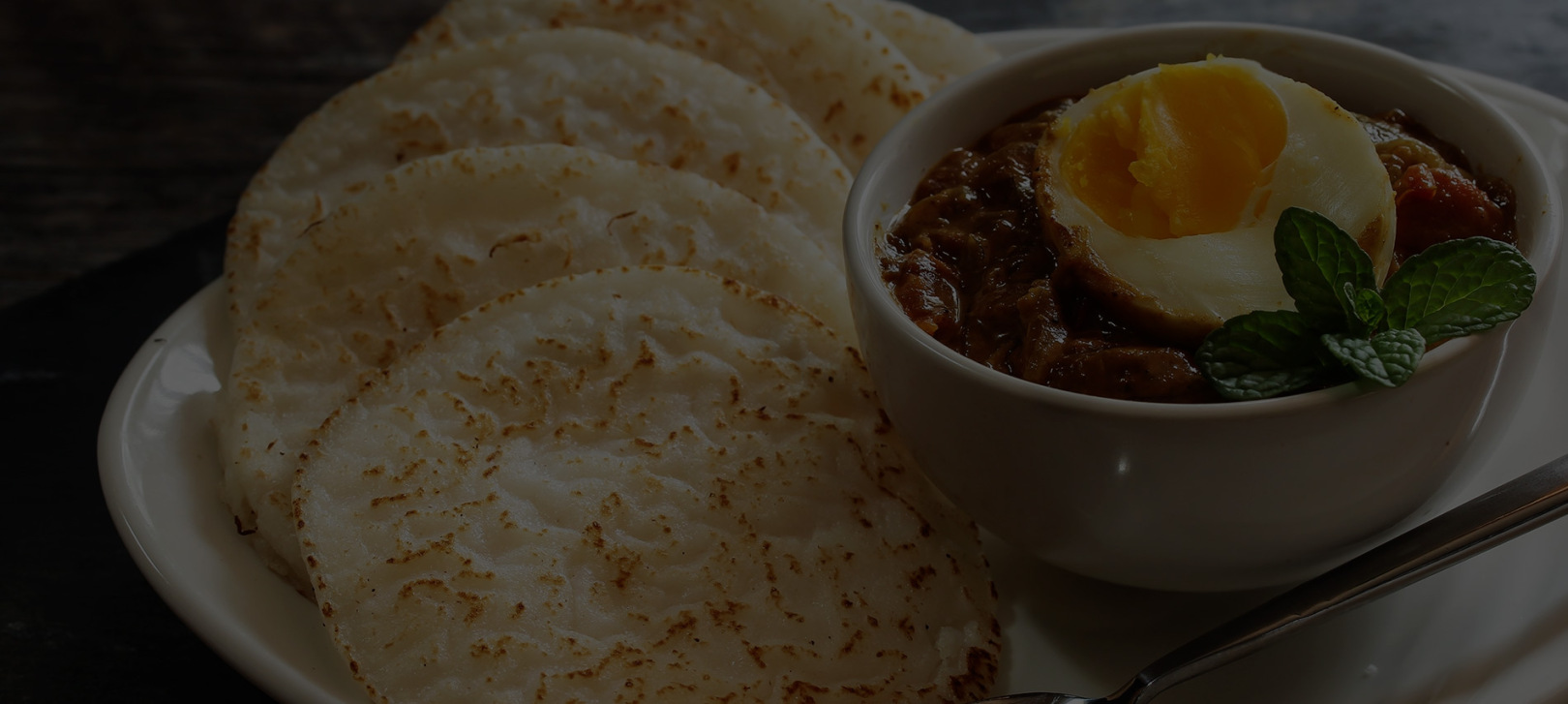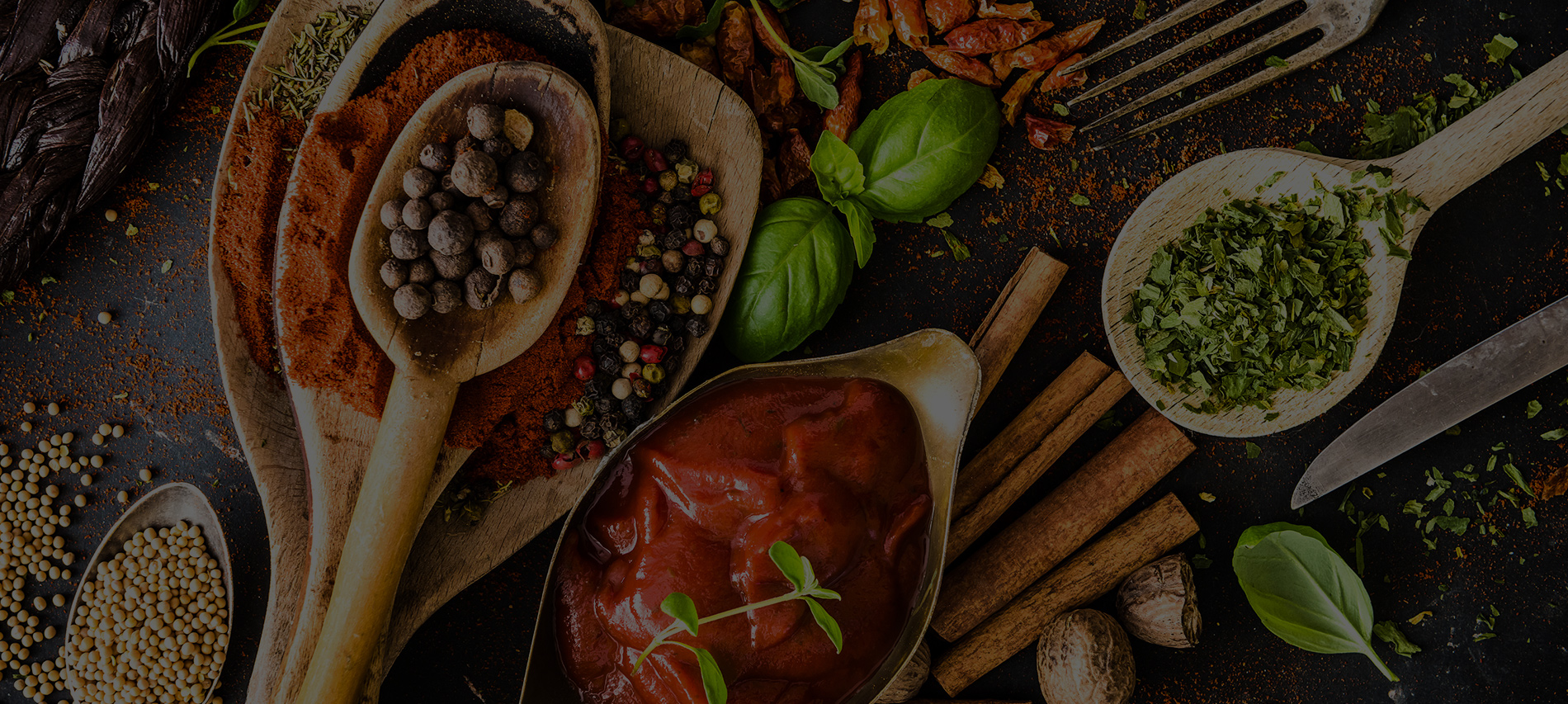There are people who travel to eat and people who travel for adventure.
And then there are those who travel to eat adventurously.
Divya and Vivek are one such couple.
From using sign language to haggle over ant eggs in Bangkok to being hungry enough to eat a horse in Luxembourg, from finding out the perfect eel to barbecue to discovering the best place to source emu eggs in India, Dare Eat That explores their journey to eat every species on earth, at least once!
Here, we present to you six things you would have never thought people ate-
1. Top Snails
“Snails, like most other shellfish, have a silky earthiness that mimics the taste of the ocean. It was like eating a bean that came out of a tough pod. These snails also had a creamy texture from the coconut juice which resulted in something that tasted like the savoury version of salted caramel ice cream.”
2. Crocodile
“The crocodile was another work of art. The meat was laid out on the vine leaves, with samphire leaves on the side. The honey poached plums added a dash of colour to the plate. The crocodile tasted like chicken keema spiced with something that tasted like chaat masala. It appealed to Vivek’s Indian taste buds, reminding him of various Lucknowi keema dishes.”
3. Water Snake
”His favourite was the snake but it was quite tough and there was very little meat around the central vertebral column so he was left wanting more. It was like biting on a hard ear of corn to get the fleshy corn off the husk.”
4. Ant Eggs
“Wild ants make nests on trees in the jungles. The locals catch them by shaking the nests in such a way that the eggs fall into a basket that’s placed underneath to collect them. The gatherer of ant eggs has a job rivalling that of beekeepers—as he shakes the nests, he gets bitten by the angry ants. These ants are a very popular snack in Thailand and Laos and a major source of protein.”
5. Boat Noodles
“The traditional base for boat noodles is a stock that is made of herbs and spices, with a sweet and sour taste. The ingredients in the broth include galangal, ginger lemongrass, kaffir lime leaves, pepper, cinnamon, coriander, pickled bean curd and coagulated blood from the protein that is used. The blood adds thickness to the broth.”
6. Bird’s Nest Soup
“It looked like the translucent sweet corn soup, with pieces floating around it that was akin to the mango pulp in a milkshake. The thickness of the soup comes from corn starch that’s added into the stock. It’s gelatinous when mixed with water. Contrary to what you’d expect when you think of eating saliva, the soup tasted really good.”
Go on a different culinary journey altogether with Dare Eat That


































